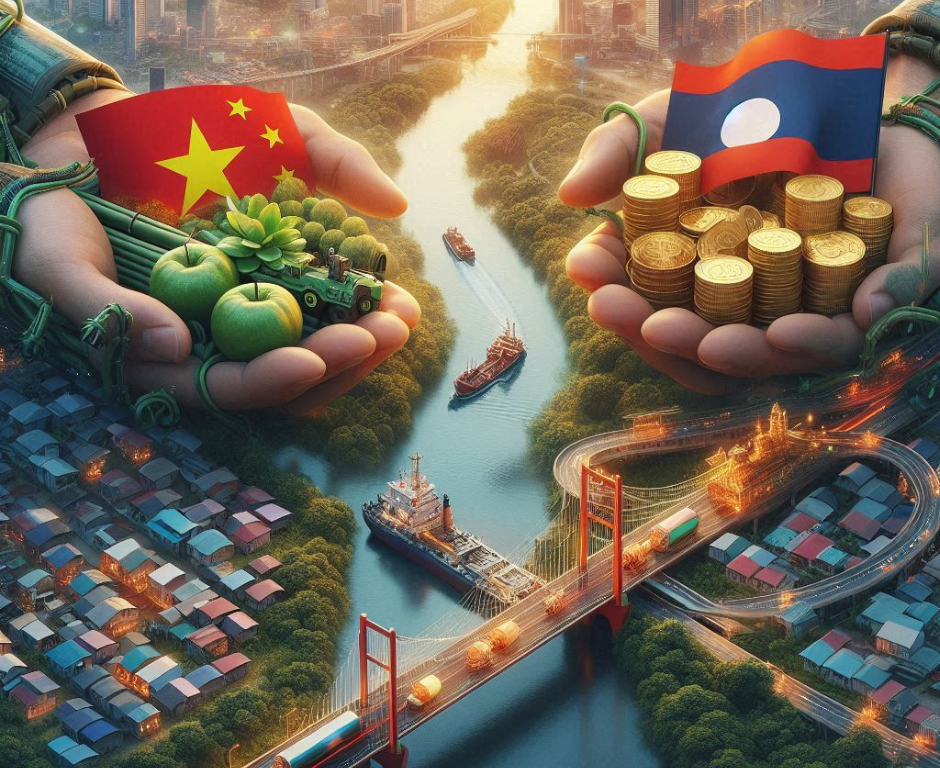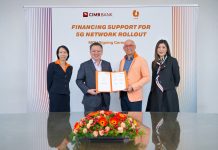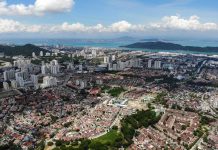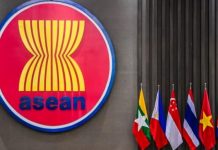By Collins Chong Yew Kiat
In July 2024, Vietnam’s President To Lam embarked on his first international visit since taking office, choosing Laos as his destination. This visit marked a significant moment in the 62-year relationship between these neighboring countries, signaling a renewed commitment to their longstanding alliance. The visit emphasized the importance of mutual trust, shared values, and strategic cooperation, which have been the foundation of their bilateral ties.
President To Lam’s visit, made at the invitation of his Lao counterpart, Thongloun Sisoulith, who also serves as Secretary General of the Lao People’s Revolutionary Party Central Committee, underscored the deep-rooted political and ideological connections between the two nations.
The agreements signed during the visit reflect a shared intent to enhance economic and trade ties, using these as a platform for broader political and ideological collaboration.
One of Hanoi’s primary goals is to consolidate regional economic partnerships as a means to bolster trust and secure geopolitical interests. Vietnam, traditionally reliant on trade and investment from China and other Southeast Asian nations, as well as security support from Russia and the United States, views the Mekong region as a strategic area for increasing its leverage and fallback options.
The economic relationship between Laos and Vietnam is already robust, with two-way trade reaching US$476.8 million in the first quarter of 2024, a 12% increase from the previous year. Vietnam, with a total registered capital of US$5.5 billion, ranks among the top three foreign investors in Laos.
Key areas of focus include energy and food security, as both nations seek to enhance supply chain resilience and reduce reliance on external powers, particularly China.
Laos, in particular, faces the challenge of balancing its economic ties with China while seeking more reliable security support from its neighbors. Vietnam is seen as a natural leader in the region, with growing economic power and military capabilities, including a burgeoning naval presence.
Laos’ request to increase its share in Vietnam’s Vung Ang port to 60% highlights its strategic need for a secure maritime trade route, crucial for overcoming its landlocked geographical limitations.
The visit also signals a shift toward new growth sectors, such as science and technology-led development and digital and green transformation. Laos views Vietnam as a leader in these areas and anticipates significant benefits from increased geographical connectivity, including upcoming railway links and expressways that will enhance trade and economic activities between the two countries.
Vietnam’s strategic outreach to Laos serves a dual purpose. It consolidates Vietnam’s leadership role in the Mekong region, positioning it as a counterbalance to China and the United States, and it strengthens Laos’ regional relevance and influence.
Both nations remain committed to maintaining domestic security, political stability, and social order, recognizing the importance of shared ideological principles and the need to engage the younger generation in shaping future narratives.
In reaffirming their solidarity and commitment to ASEAN-led mechanisms, Vietnam and Laos underscore their desire for a stable and prosperous region, free from excessive foreign influence. As Vietnam continues to rise as a regional leader, its partnership with Laos will be pivotal in shaping the future of Southeast Asia.
Collins Chong Yew Kiat is a foreign affairs, strategy and security Analyst, Universiti Malaya


























